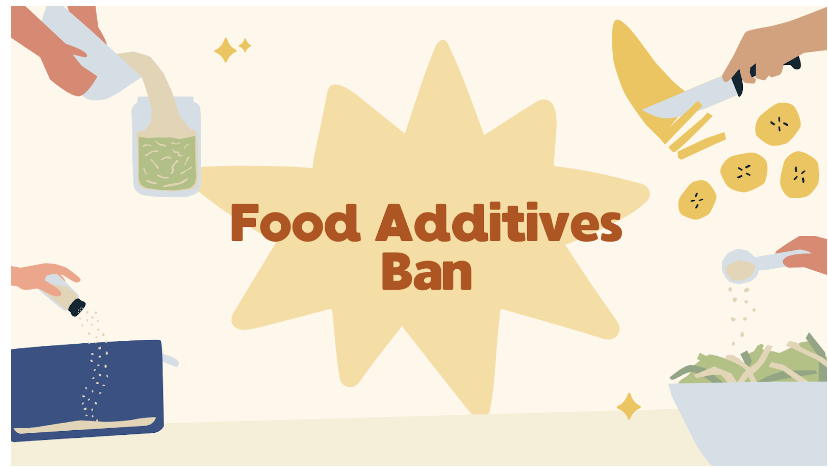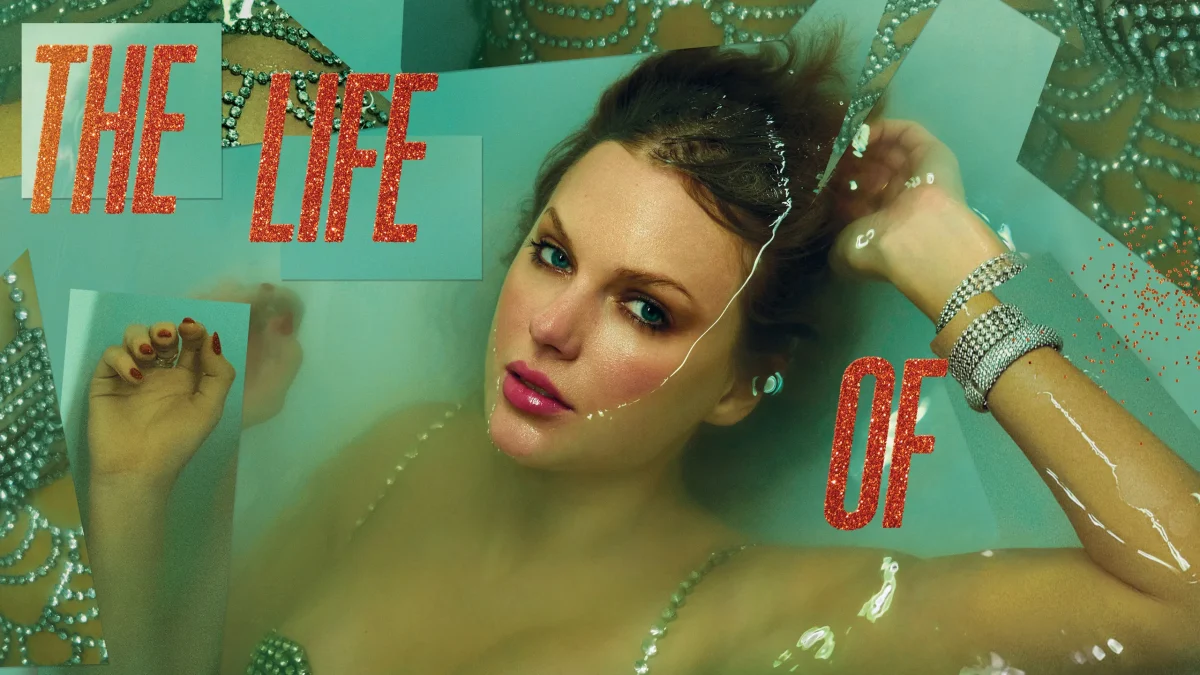Starting January 1st, 2028, Illinois will follow California and ban the use of brominated vegetable oil, potassium bromate, propylparaben, and Red Dye 3 in products made for human consumption. This law aims to protect public health but would necessitate considerable changes in various areas, including schools. Most people are unaware that these harmful additives are in many school snacks and drinks. This ban will necessitate changes to school menus, requiring the removal of items containing the substances or substituting alternative ingredients.
There are five banned additives. At LFHS, these additives are present in some food options but are not extremely prevalent.
Brominated Vegetable Oil (BVO)
BVO is used in sports drinks and sodas to prevent ingredient separation. It is mostly used in citrus flavors. It has been banned in several countries due to its carcinogenic effects on the thyroid, which can cause DNA damage. Most drink manufacturers, like Coca-Cola and Pepsi, have stopped using the additive.
Found in:
- Powerade
- Mountain Dew
- Crush
- Sunkist
- Squirt
Potassium Bromate (PB)
This additive is a flour improver that enhances dough strength and baked goods’ texture, but is a known carcinogen. The European Union, Canada, Brazil, and China have all banned it because it has been linked to cancers in the kidney, thyroid, and gastrointestinal tract. It is commonly used in packaged breads, dumplings, and frozen foods. LFHS uses Turano Baking Company in its cafeterias which makes its bread without this ingredient.
Not a lot of companies use this additive, but it can be found in:
- Bagels
- Bread
- Crackers
- Doughnuts
- English muffins
- Pastries
Check labels before assuming all have PB.
Propylparaben
Propylparaben is a preservative that extends the shelf life of packaged foods by preventing mold and bacteria growth. It is considered dangerous to humans since it can mimic estrogen, disrupt normal hormonal functioning, and lead to reproductive and developmental disorders. Propylparaben can build up in the human body over time and its extensive use has environmental consequences..
Found in:
- Turano Brat & Sausage Rolls
- Store Brand Trail Mixes
- Entenmann’s Coconut Crunch Donuts
- Little Debbie Pecan Spinwheels
- Sara Lee Cinnamon Rolls
- Sara Lee Honey Glazed Buns
Erythrosine (Red Dye No. 3)
Red Dye No. 3 is a bright red dye that colors candy, baked goods, snacks, cereals, and beverages. Fortunately, it is banned in cosmetic products, causing its usage in food products to decrease due to safety concerns. It is now prohibited or regulated across many countries. It has been related to cancer and behavioral disorders such as ADHD. Its removal may affect the appearance of condiments and other dishes.
Found in but not limited to:
- Peeps
- Hostess Ding Dongs
- Betty Crocker Fruit by the Foot
- Dubble Bubble chewing gum
- Entenmann’s Little Bites
- Dole Fruit Packs
- Brach’s Candy Corn
- Jelly Belly candy
- Trolli Sour Crunchy Crawlers
- Dippin’ Dots Cotton Candy
- Yoo-hoo Strawberry Drink
- Necco Wafers
Though the implementation won’t fully take place till 2028, this ban will affect meal options in some schools. Without additives like Red Dye No. 3 and propylparaben, schools and meal services will need to shift towards fresher, more natural ingredients.. While this is a positive change for student health, it may increase food costs, straining already tight school budgets. The growing demand for additive-free products may result in shortages or price increases, complicating the transition to healthier products.








